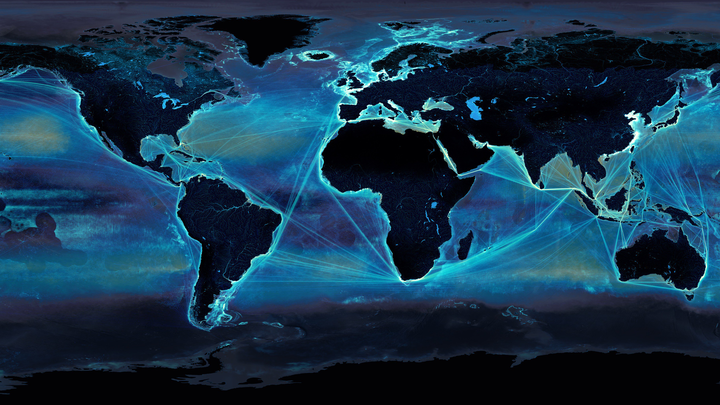Introduction to GIS

Click here, here, or here to see story maps created by students in this class in Spring 2021
This is an introductory course, but one that will be different from most other courses you’ve taken. Our focus this semester is on the analysis of spatial data using specialized software for mapping and analysis. If you think about it, pretty much any kind of question you would ask about the world has a spatial component to it. The natural world (including the human footprint) is exceedingly variable, and that variation is often not that random. Being near a river makes it more likely your house will flood than if you are far from a river. Animal populations are denser in some areas, but not in others. Even our political idealogy is developing a spatial component as we segregate into red states and blue states. This semester will be all about learning how to think about and quantify those kinds of spatial differences in the world.
This class is going to be a lot of work, and it’s going to a different kind of work than you are probably used to. We will be at the computer using the ArcGIS software package for virtually every class meeting. You’ll use lots of other types of software as well, and spend tons of time figuring out how to make the software work. I’m going to guide you as best I can, but you are definitely going to have to put in some serious time outside of class getting comfortable with the software. At some point we are all going to get stuck on something. It’s important we are all patient with ourselves and each other. I guarantee you that at some point you are going to want to throw your computer out the window, and me along with it. Please don’t, but also know that that is normal. If you need to, take a few minutes, clear your head, and try again. I will never knowingly ask you to do something in class that can’t be done-everything I ask you to do is do-able. If something is not working, think about possible reasons why, and take a different approach. It may take a few tries, but you will figure it out. Don’t be afraid to ask other students or myself for help. We will all need it at some point-and I guarantee that I will be asking you for help over the course of the semester as well!
The good news is that if you make a serious effort to learn these skills, you will have some highly marketable skills by the end of this semester. Multiple students have taken this class with no previous experience, and gone on to jobs where GIS was a big component of their work. You should absolutely put this on your CV and use the work you do in class as a talking point on job interviews in the future. No one is going to be unimpressed with your software and quantitative spatial analysis skills, I promise.
A major part of your grade in the class will be based on your capstone project: an original story map that you design and publish. You will be responsible for identifying a question you wish to answer or an issue you will address using your new GIS skills. Several landmarks over the course of the semester will keep you on track towards the completion of a 10 minute oral presentation and a ~ 2500 word story map at the end of the course. I’ve given you a couple example story maps already, but here is a link to some others that are really well done.
Your story map is about combining visual and text-based content in a compelling and accessible way. With that in mind, you definitely want to be thinking about incorporating strong visuals, including photos and original maps that you create. But I also want you to be doing some analysis in this project, not just making maps. Think of this as a research paper, but in a digital, story map format.
You will build your story map using a template in ArcGIS online. You can link to the story maps webpage here, and click sign in. You’ll have to sign up for an account the first time you login. This is free and easy. Once you do that, you can start creating a new story. There is a good tutorial here that goes through the process of creating a story map.